School History: Cedar Lane Elementary School
Remembering Our Past
Cedar Lane Elementary School opened its doors to students for the first time on September 4, 1956. The school was built, beginning in March 1955, by general contractor Eugene Simpson & Brother Construction at a cost of $352,300. Cedar Lane’s first principal was Mrs. Edith S. Mosher.
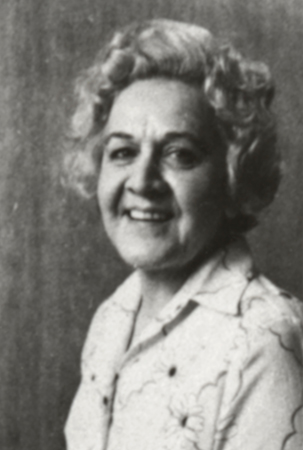
Recorded among the meeting minutes of the Fairfax County School Board were the names and salaries of some of Cedar Lane Elementary School’s first staff members. At the time these names were entered into the board’s records, four teachers had yet to be hired for the Grade 7, Grade 6 & 7 Combination, Grade 5 & 6 Combination, and Grade 2 classrooms.
| Name | Position | Annual Salary |
|---|---|---|
| Mrs. Melba T. Cannon | Grade 3 | $3,100 |
| Miss Gloria H. Cosentino | Grade 3 | $4,100 |
| Mrs. Mary T. Deatherage | Librarian (part-time, also at Layton Hall Elementary) | $4,000 |
| Mrs. Mary K. Ericson | Grades 1 & 2 Combination | $3,300 |
| Mrs. Myra R. Feldstein | Grade 4 | $3,900 |
| Miss Dorothy A. Groves | Grade 1 | $3,700 |
| Mrs. Edith S. Mosher | Principal | $7,080 (10.5 months) |
| Miss Norma J. Sites | Grade 5 | $3,900 |
| Mrs. Esther S. Woodward | Grade 4 | $5,000 |
On September 4, when school bells ring in the fall term for Fairfax County children, a new high school and three new elementary schools will open their doors for the first time. The new buildings will give Fairfax County 60 elementary and eight high schools. In the past six years, the county has built 49 of its elementary schools, five of its high schools, and additions to 23 existing buildings. The three new elementary schools are Cedar Lane, Layton Hall, and Lillian Carey. ~ The Washington Post, August 26, 1956
Growth and Change
When it opened, Cedar Lane Elementary School had eleven classrooms and a combined cafeteria and auditorium called a “cafetorium.” In the fall of 1956, construction began on a ten-classroom addition to Cedar Lane. A second-story with eight classrooms, and two additional classrooms on the first floor, were built at a cost of $176,662 by contractor Sharpe & Hamaker. The addition was completed in time for the opening of schools in September 1957.
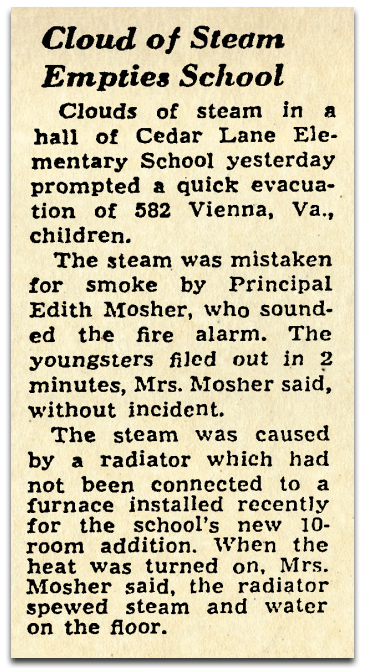
Even with the new addition, Cedar Lane continued to struggle with overcrowded classrooms. Parents were particularly concerned when they learned that overcrowding would make it necessary for first-graders to attend school on half-day shifts. Relief came in September 1960, with the opening of Henry David Thoreau Intermediate School. Traditionally, elementary schools in Fairfax County educated children in grades 1-7. After Thoreau opened, Cedar Lane operated with grades 1-6 until 1968, when Fairfax County Public Schools (FCPS) introduced kindergarten classes in elementary schools county-wide.
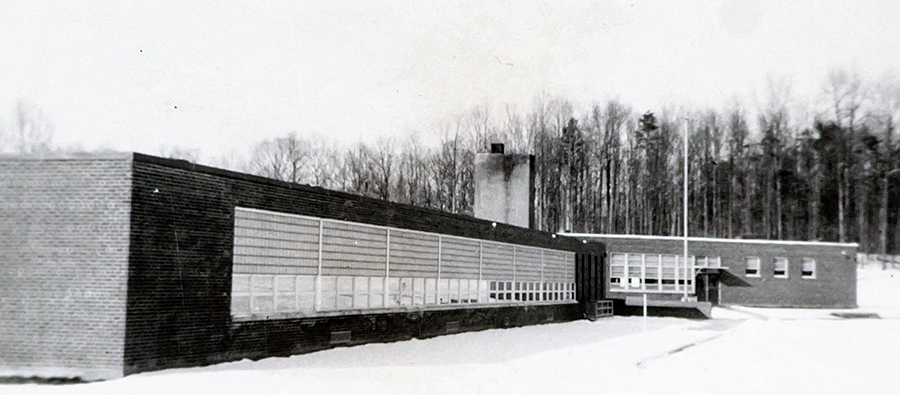
Originally a segregated school for white children, Cedar Lane Elementary School desegregated in September 1960, when Gwendolyn Brooks was admitted into one of the school’s second-grade classes. Gwendolyn was one of three students admitted in September under FCPS’ new grade-per-year desegregation plan, which started with children in grades 1-2. As such, her admission to Cedar Lane was unopposed by FCPS leadership.
Superintendent W. T. Woodson… said he expects no trouble when schools open. He predicted that the limited desegregation would be accepted calmly and repeated the School Board’s stand that pupil assignment powers rest solely with the State [Pupil Placement] Board. ~ The Washington Post, August 5, 1960
In mid-September 1960, a federal judge struck down FCPS’ grade-per-year desegregation plan and ruled in favor of 19 older students’ transfer applications to all-white schools. After the ruling, three more Black students were admitted to Cedar Lane Elementary School at the end of September. The court’s ruling paved the way for further school desegregation in the coming years.
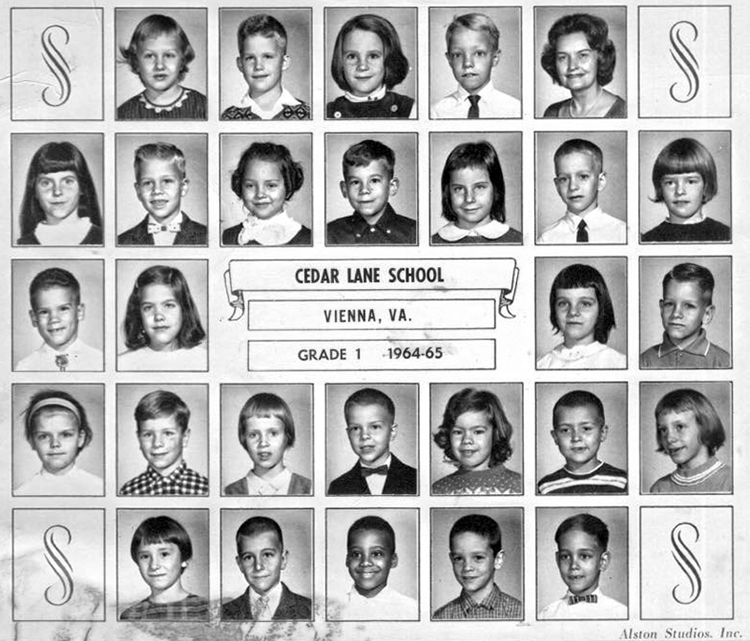
In the mid-1960s, Cedar Lane’s Parent-Teacher Association held annual book fairs to raise money to purchase new books for the school’s library. During the winter of 1964, the school had a building-wide sound system installed and the PTA held a fundraiser at Madison High School.
The Cedar Lane Elementary School Parent-Teacher Association will present a folk singing hootenanny tomorrow at James Madison High School in Vienna, with Milt Grant as master of ceremonies. The $1 per person donations will be used for new playground equipment at the Cedar Lane School. ~ The Evening Star, February 28, 1964
By the fall of 1964, Cedar Lane was overcrowded once again. Two classes of Cedar Lane students were shuttled daily to Vienna Elementary School. In 1966, Mary H. Pace was appointed the second principal of Cedar Lane Elementary. She would be its last. When Principal Pace came to Cedar Lane, the school had 700 students crammed into 21 classrooms and two portable trailers.
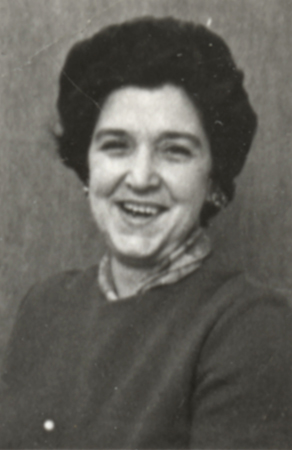
Cedar Lane Closes
When Cedar Lane Elementary School was at its enrollment peak, there were two and sometimes three classes per grade and four kindergarten classes were held on half-day shifts. The school also had a full-time music teacher, two librarians, and a part-time clinic health aide. However, like other elementary schools that had seen rapid enrollment growth during the post-World War II baby boom, Cedar Lane struggled with an abundance of empty classrooms in the 1970s. From 1971 to 1979, enrollment at Cedar Lane Elementary School plummeted from 500 to 270 students and, according to a report prepared by the FCPS Planning Services Department in 1980, was projected to fall to 185 students by 1984.
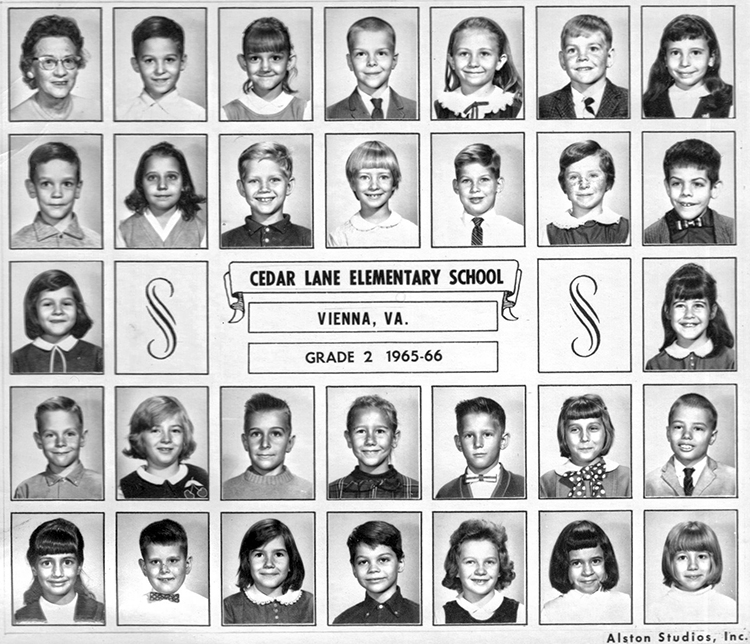
By 1977, Cedar Lane only had enough students to fill ten of its 21 classrooms. The school had only one librarian and a music teacher visited the school one-and-a-half days each week. The cafeteria staff was reduced as well, and meals were prepared at Thoreau Intermediate School and brought over daily. The school’s empty classrooms were converted to a variety of other uses which included music instruction, speech and reading therapy, additional library space, and gifted and talented small group lessons. Additionally, one classroom was used for speech and reading services, and another room was used as an office by Fairfax County government electrical inspectors.
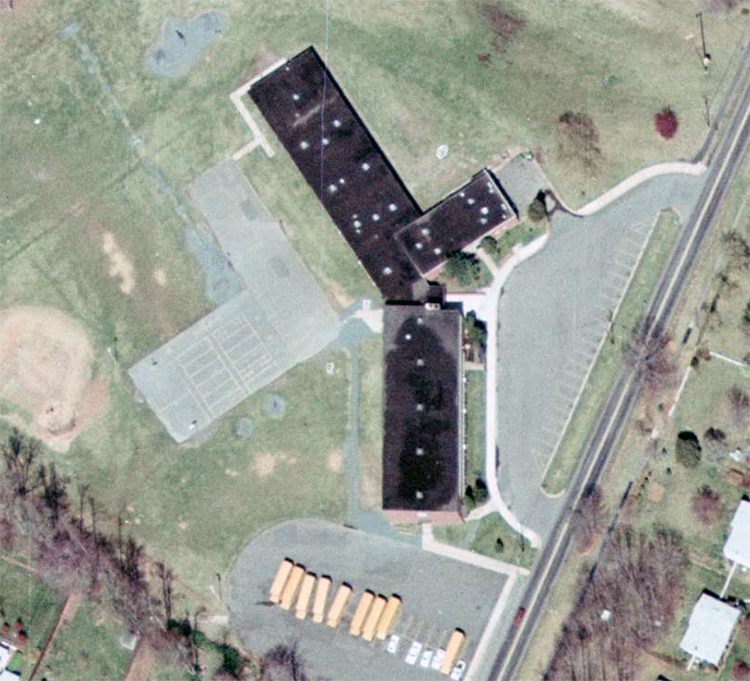
In the late 1970s, FCPS used three trigger conditions to identify elementary schools for possible closure. Cedar Lane Elementary School met all three. The conditions were:
- Enrollment had dropped below 300.
- The school had an abnormally high direct operating cost.
- The building needed renovation.
In the fall of 1980, the PTAs of Cedar Lane and nearby Cunningham Park elementary schools met to discuss the impending closure of one of the two schools. The PTAs presented a plan to the School Board to consolidate the two schools at Cunningham Park Elementary School beginning in September 1981. The School Board agreed to the community’s proposal, and Cedar Lane closed permanently in June 1981. The following year, the School Board awarded a contract for the conversion of Cedar Lane into a center for students with special needs. The building is known today as Cedar Lane School.
